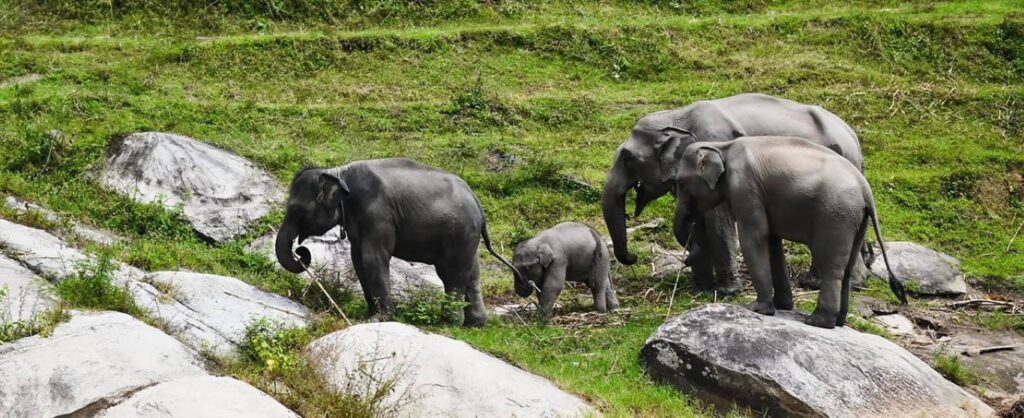Did You Know? Thailand’s Elephants Fall Into Two Categories: Captive and Wild Elephants
Thailand is home to the majestic Asian elephant, a symbol of cultural heritage and biodiversity. These elephants are divided into two primary groups: captive elephants and wild elephants. Despite belonging to the same species, their lifestyles, roles, and challenges differ significantly. This article explores the key differences between Thailand’s captive and wild elephants
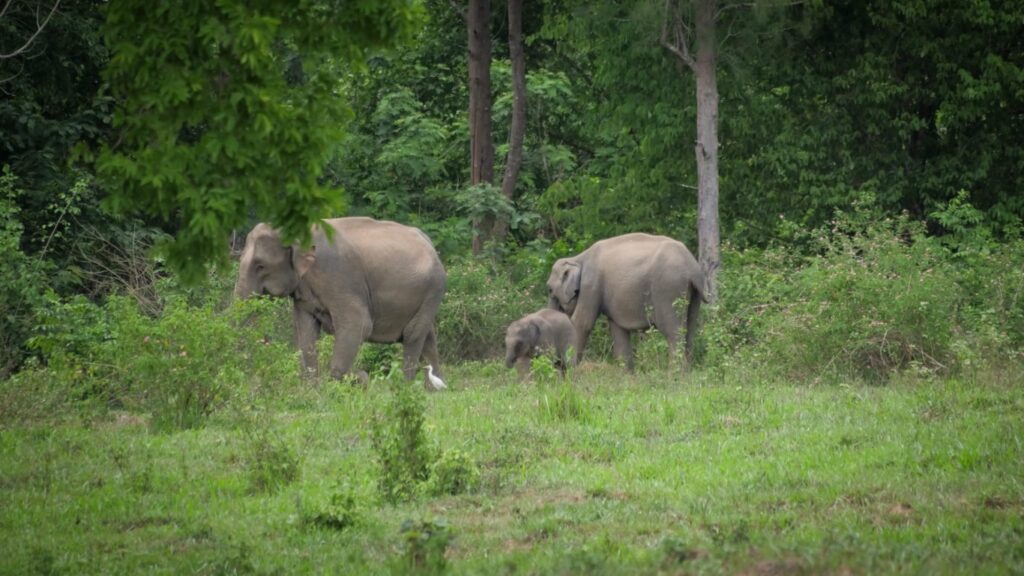
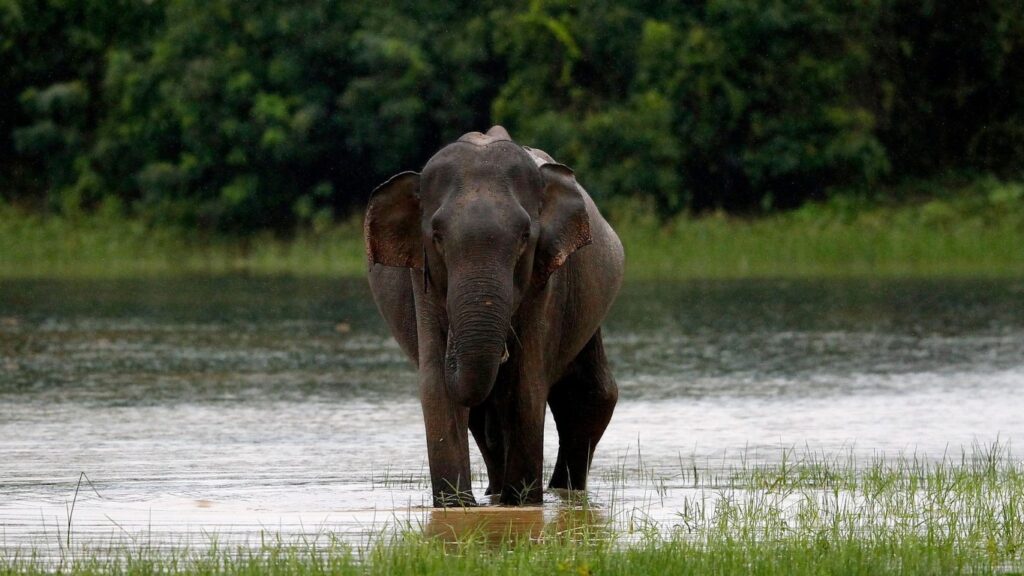
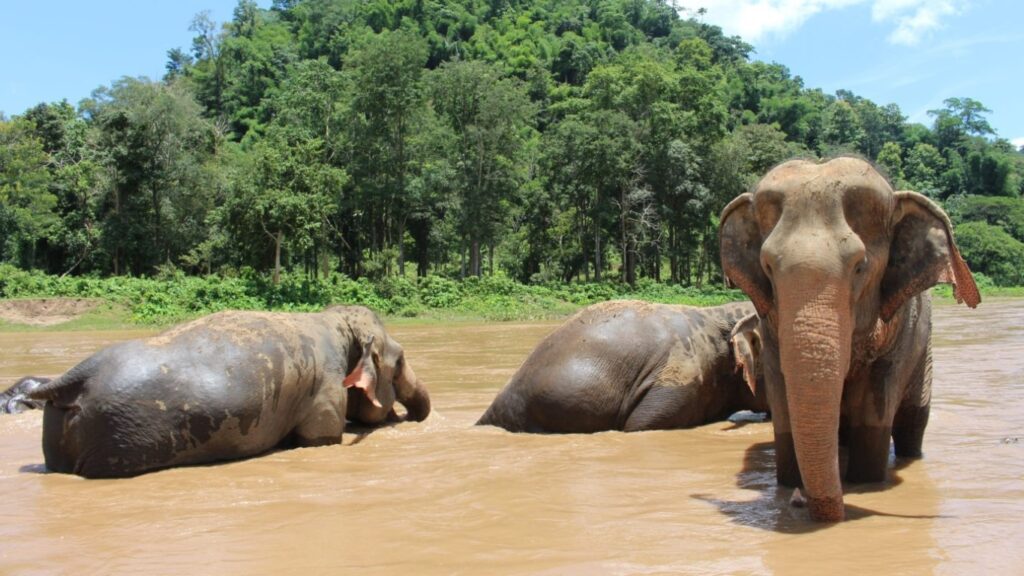
Introduction to Elephants in Thailand
Elephants have been part of Thai culture for centuries, playing roles in agriculture, warfare, religion, and tourism. However, they also face modern challenges, such as habitat loss and exploitation. To better understand their lives, it’s essential to differentiate between Thailand’s two types of elephants:
- Captive Elephants: Elephants cared for by humans.
- Wild Elephants: Elephants living in their natural habitats without human intervention.
What Are Captive Elephants?
Captive elephants, often referred to as “domesticated elephants,” are those that live under human care. They are not wild animals, but they also aren’t fully domesticated like livestock.
Roles of Captive Elephants in Thailand
- Tourism:
- Used in activities like rides, shows, and performances.
- Ethical tourism movements now promote hands-off interaction in sanctuaries.
- Cultural and Religious Practices:
- Participate in festivals and ceremonies, such as Songkran and Loy Krathong.
- White elephants are symbols of royalty and good fortune.
- Historical Roles:
- Historically used for logging and transportation.
- Once essential in warfare during the Ayutthaya period.
Living Conditions
- Housing:
Captive elephants are often kept in camps, zoos, or sanctuaries. Ethical camps provide large, natural spaces, while unethical ones may confine them to small areas. - Diet:
They are fed a controlled diet of fruits, vegetables, and grass. A full-grown elephant can eat over 150 kg (330 lbs) of food daily. - Health Care:
Receive veterinary care, including vaccinations and treatments for injuries or illnesses.
.
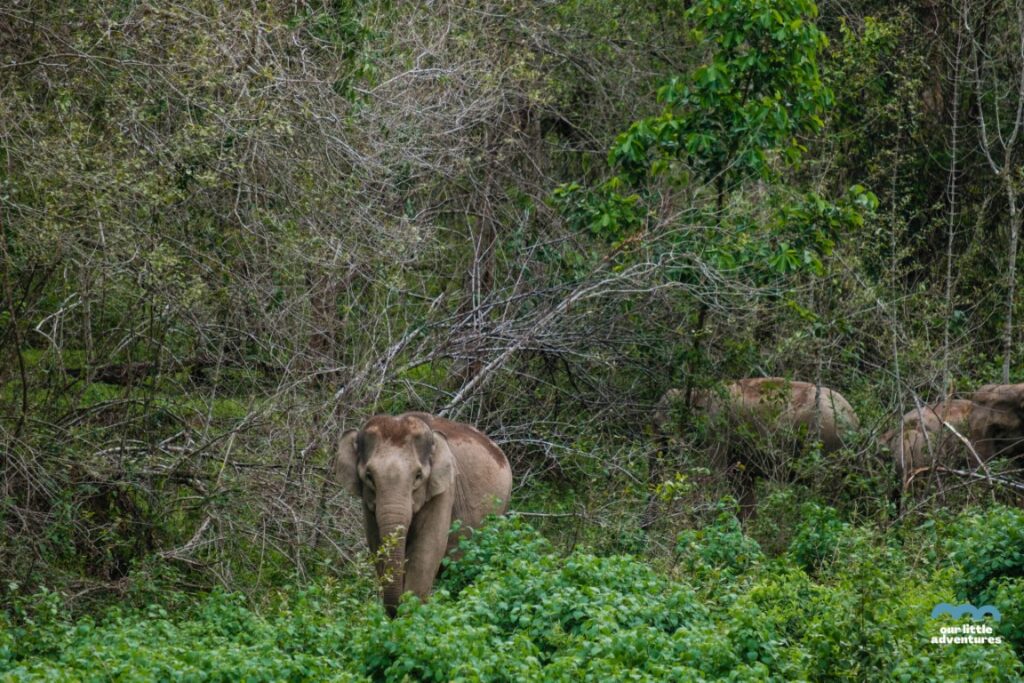
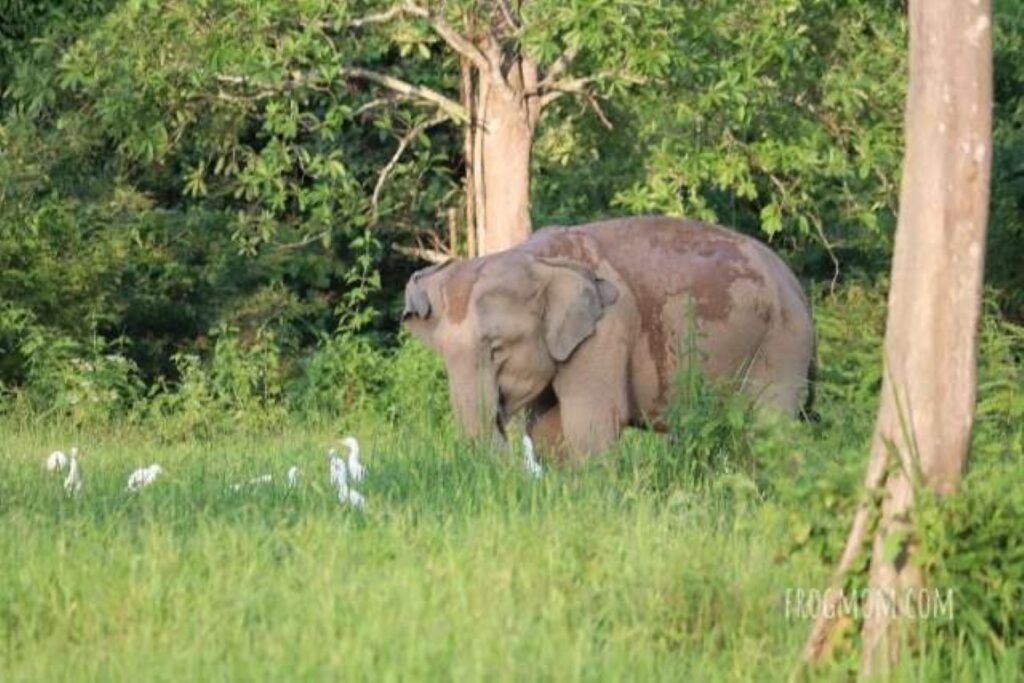
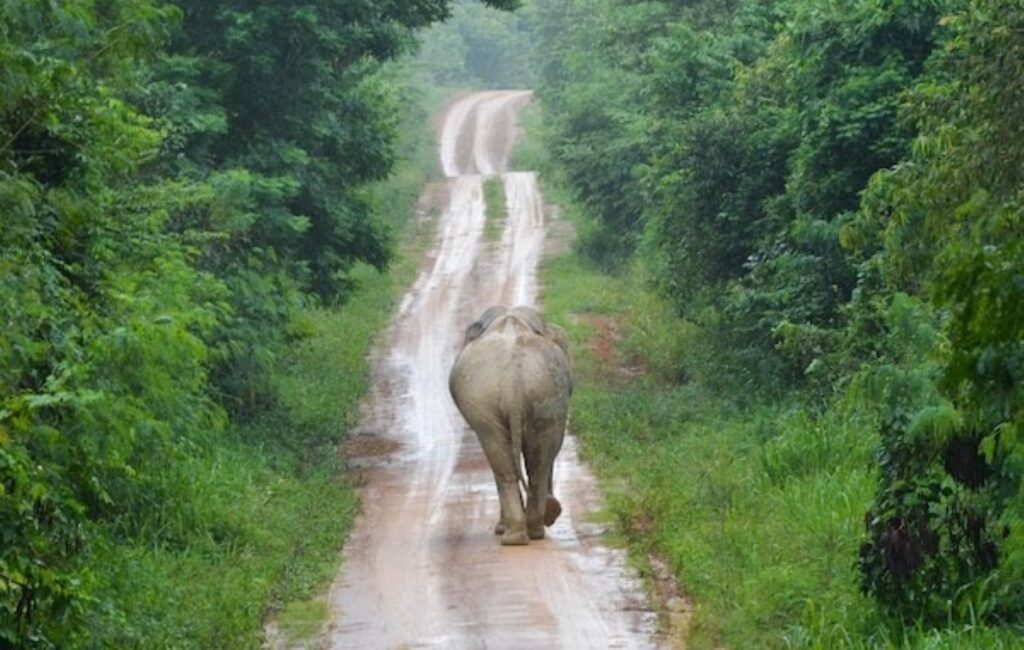
What Are Wild Elephants?
Wild elephants live freely in their natural habitats, primarily in Thailand’s forests and national parks. They have no direct human supervision and rely on the ecosystem for survival.
Natural Habitats
Wild elephants in Thailand are found in protected areas, such as:
- Khao Yai National Park.
- Kui Buri National Park.
- Kaeng Krachan National Park.
Social Structure
- Wild elephants live in matriarchal herds led by the oldest female.
- Male elephants often roam alone after reaching maturity.
Diet and Behavior
- Diet:
Wild elephants forage for grass, leaves, bark, and fruits, consuming up to 200 kg (440 lbs) of vegetation daily. - Behavior:
They are highly social animals, using vocalizations and body language to communicate.
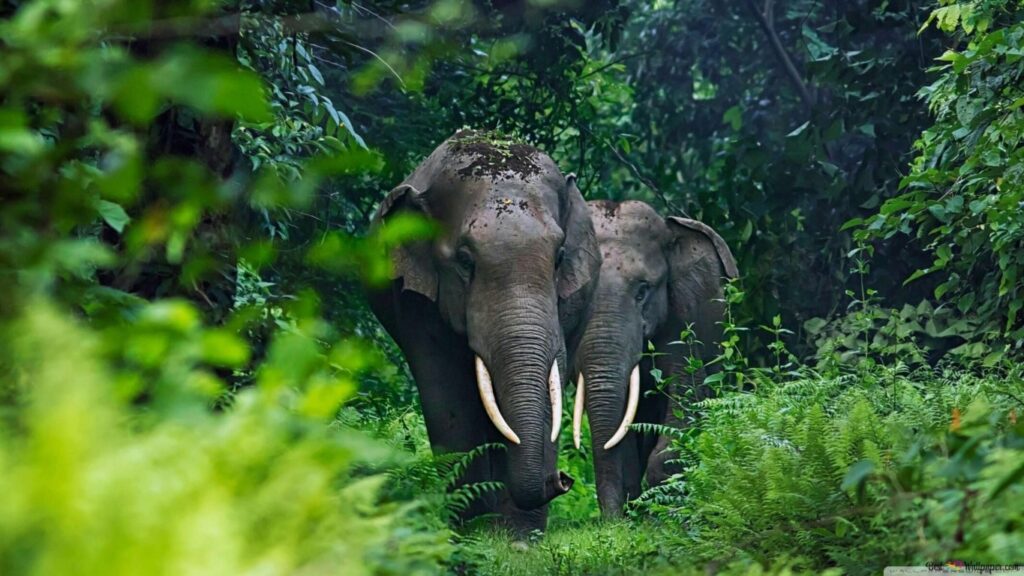
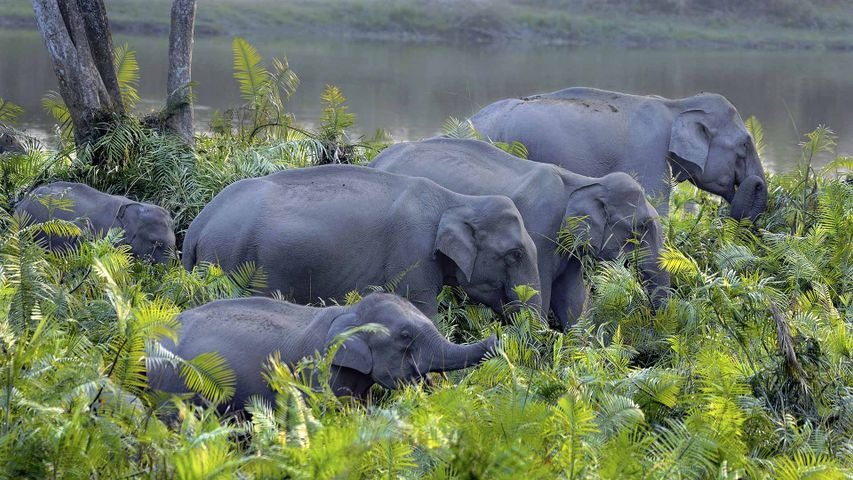
Key Differences Between Captive and Wild Elephants
| Aspect | Captive Elephants | Wild Elephants |
| Habitat | Camps, zoos, or sanctuaries under human care. | Forests, grasslands, and national parks. |
| Diet | Fed a controlled diet by humans. | Forage naturally in the wild. |
| Social Structure | Often live alone or in small groups with other captive elephants. | Live in family herds led by a matriarch. |
| Roles | Used in tourism, ceremonies, and cultural events. | Play ecological roles, such as seed dispersal. |
| Freedom | Limited freedom; activities depend on human supervision. | Free to roam and follow natural instincts. |
| Challenges | Risk of exploitation in tourism or poor care in captivity. | Threats include habitat loss, poaching, and human conflict. |
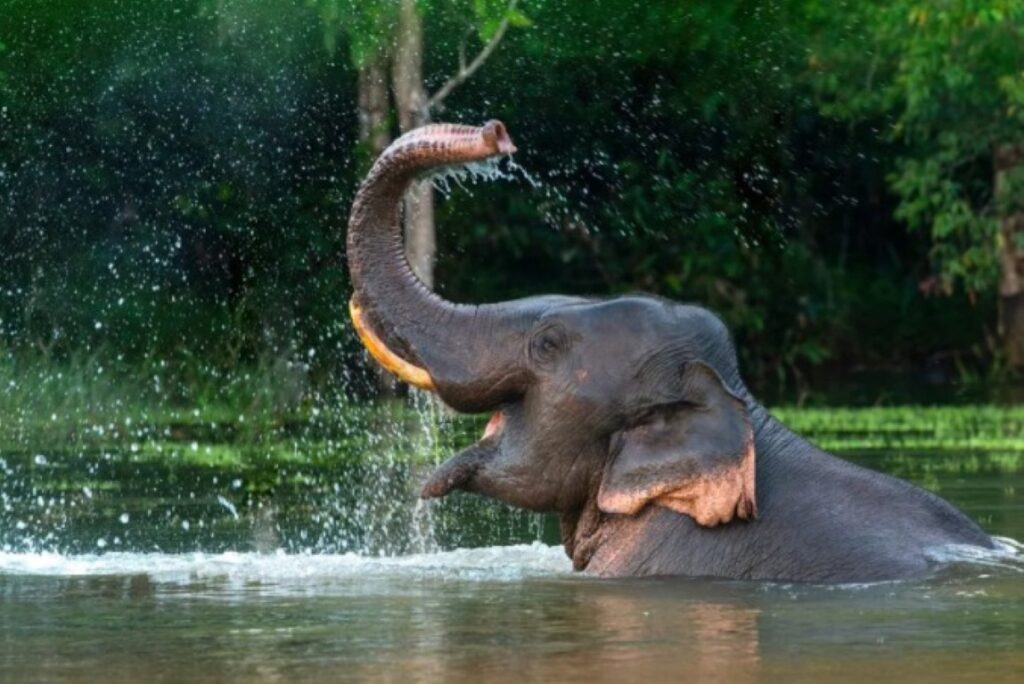
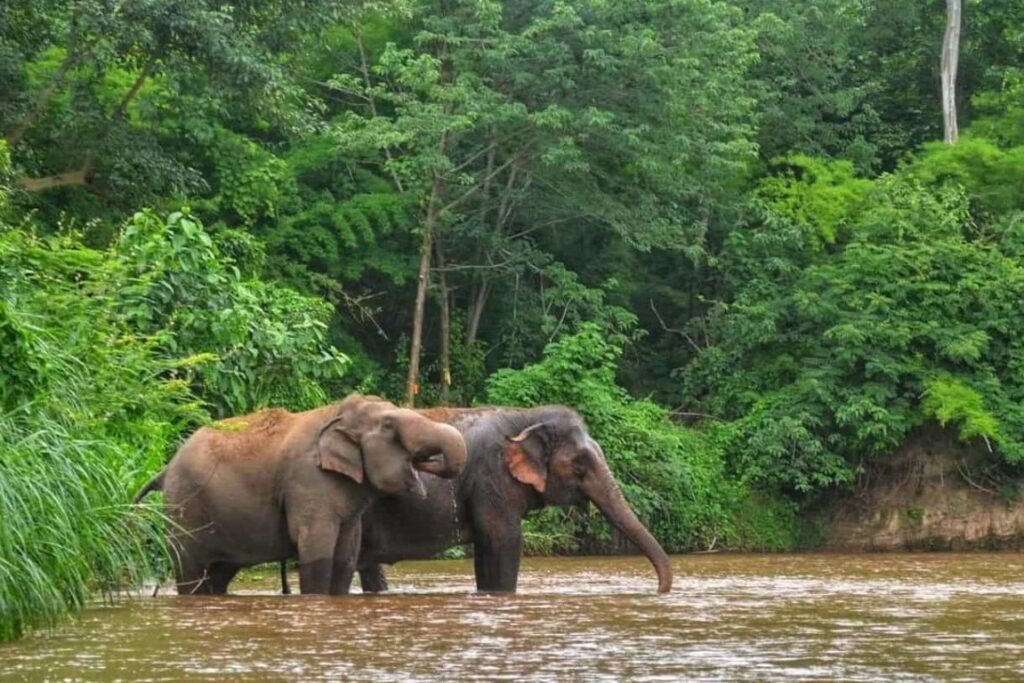
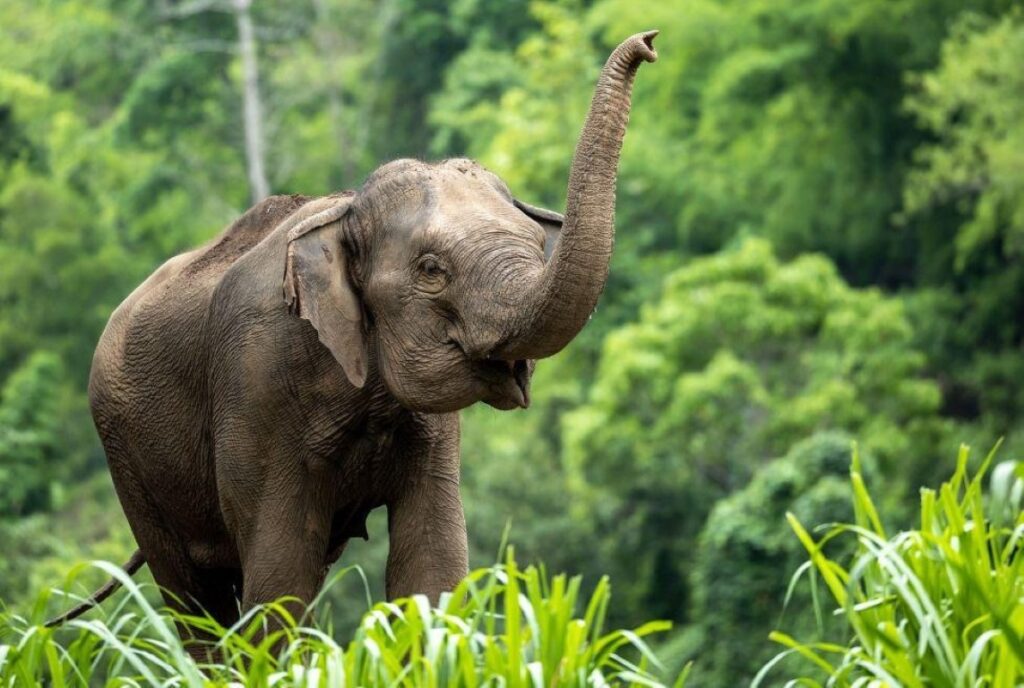
Challenges Facing Thailand’s Elephants
Captive Elephants
- Exploitation in Tourism:
Elephants used for rides and shows often endure harsh training methods. - Overwork:
Long hours in high temperatures can cause exhaustion. - Improper Care:
Inadequate housing and poor diets affect their health.
Wild Elephants
- Habitat Loss:
Deforestation for agriculture and urban development shrinks their living space. - Human-Elephant Conflict:
Elephants often raid crops, leading to clashes with farmers.
Poaching:
Although rare, poaching for ivory or capturing baby elephants still occurs.
Conservation Efforts in Thailand
Thailand has taken significant steps to protect its elephants:
Laws and Regulations
- The Wildlife Preservation and Protection Act prohibits hunting wild elephants.
- The Animal Welfare Act ensures better care for captive elephants.
Ethical Tourism Movements
- Sanctuaries like Phuket Elephant Sanctuary promote hands-off tourism where elephants roam freely.
National Parks and Reserves
- Protected areas provide safe habitats for wild elephants to thrive.
Community Education
- Local communities are taught about coexistence with elephants and alternative livelihoods.
Why Elephants Matter
Elephants play critical roles in Thailand’s ecosystems and culture:
- Ecological Impact:
As seed dispersers, elephants maintain forest health. - Cultural Symbolism:
Elephants are revered as symbols of strength and prosperity. - Tourism:
Ethical elephant tourism boosts local economies.
How You Can Help
- Support ethical elephant sanctuaries that prioritize welfare.
- Avoid participating in activities that exploit elephants, such as riding or circus shows.
- Donate to organizations focused on elephant conservation.
Spread awareness about the importance of protecting both captive and wild elephants
Thailand’s elephants are a treasure that deserves our respect and care. Whether in captivity or the wild, these majestic creatures contribute to the nation’s culture, biodiversity, and identity. By understanding their differences and challenges, we can work together to ensure their future

